Home & Living
Meet the Photographer Capturing All of Baltimore’s 250-Plus Neighborhoods
Equipped with her smartphone, warm energy, and an infectious sense of curiosity, nomad Nichole Morris has come to know the city better than people who have lived here for decades.

Nichole Morris is dancing on the corner of York Road and E. Lake Avenue. It’s an overcast, muggy July morning and Morris is getting ready to photograph the Cedarcroft neighborhood. She’s wearing a bright orange tie-dye Harley Davidson T-shirt and oversized headphones, and her movements are innocently joyful.
The only things she’s carrying are an umbrella and her Samsung Galaxy S21 phone.
Of Baltimore City’s 270-ish neighborhoods (this is according to Morris’ own Google research, while Live Baltimore puts that number at “more than 250”), she has shot close to 92, but that number increases almost daily.

It’s a passion project born of a simple desire to be surrounded by others. She’s photographed Blythewood, Bolton Hill, Pigtown, Cameron Village, Canton (“it took the longest to fully explore”), Forest Park, Otterbein, Fells Point, Milton-Montford, Little Italy, Poppleton, Woodbourne-McCabe, the Baltimore Peninsula, Beverly Hills, and Roland Park. She shot every type of home, from petite rowhouses to stately Tudors.
She was shocked to find so many parks, and even deer in the city. There was Abell, Hollins Market, Hoes Heights, Heritage Crossing, Inner Harbor, Lake Walker, Liberty Square, Evergreen, Harwood, and her own neighborhood of Bromo.
And everywhere she walked, she saw beauty—in the cobblestone streets, alleyways, residents, public transportation, abandoned buildings, pets, and the different foliage depending on the season.
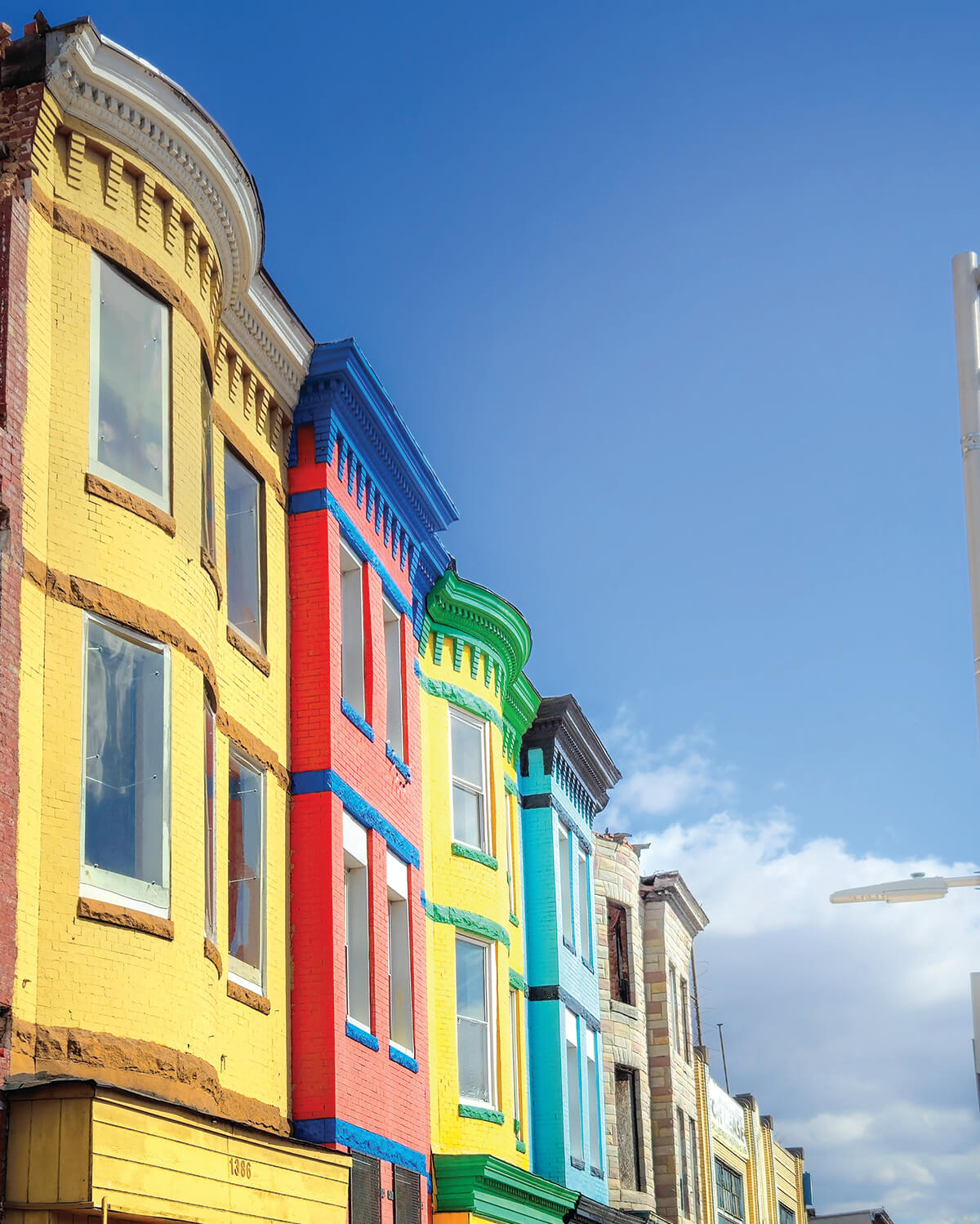
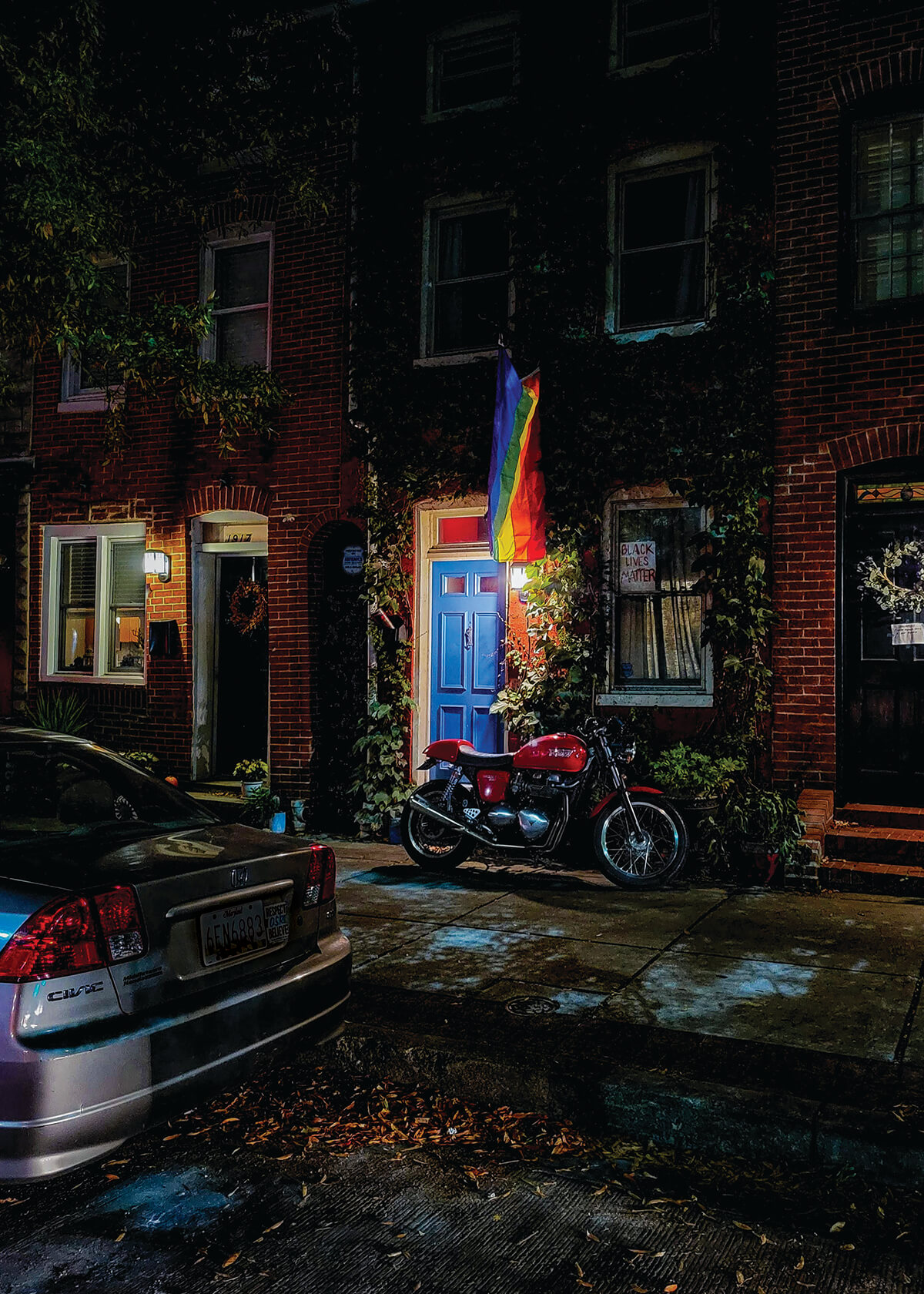

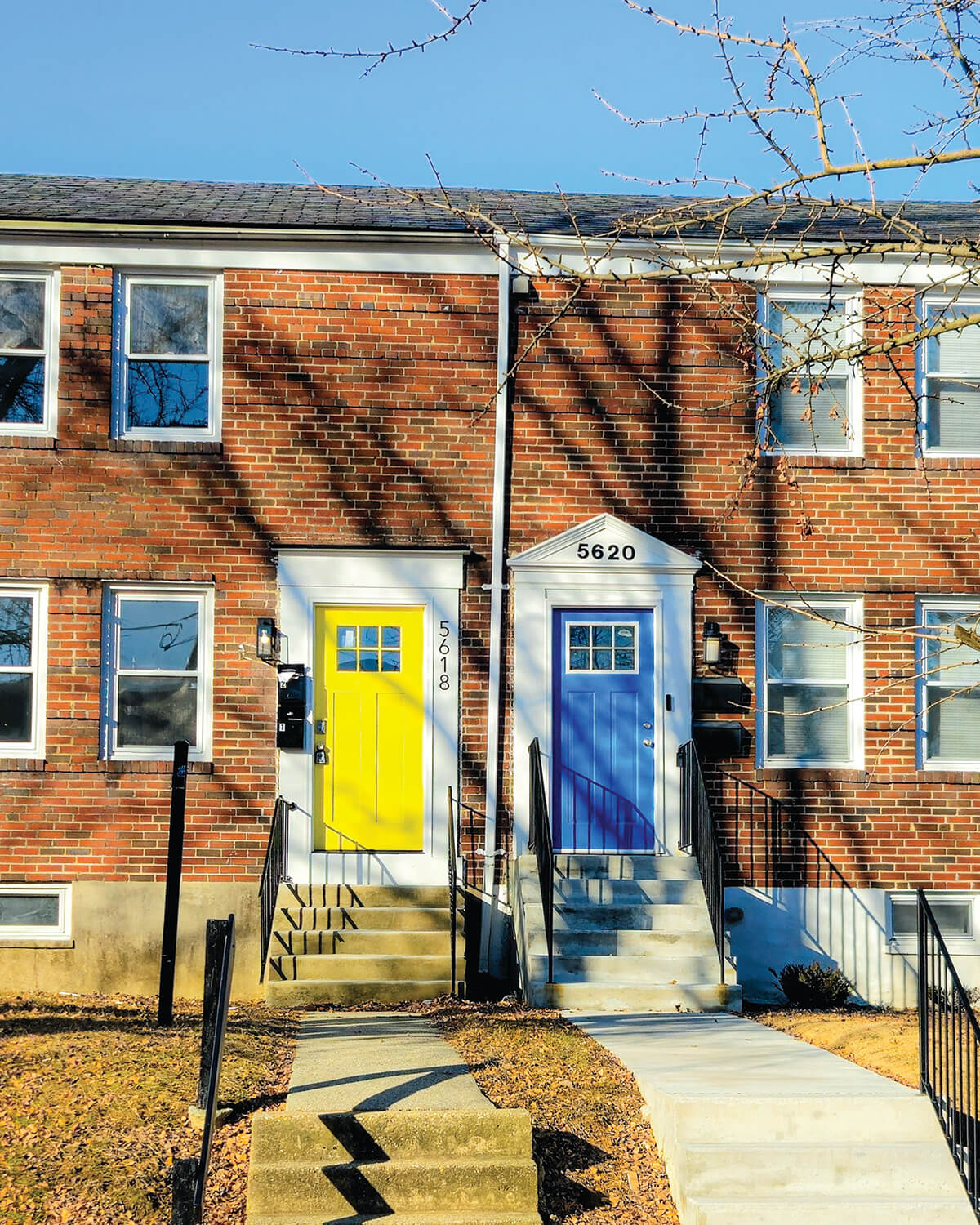
Morris, 28, didn’t grow up anywhere. Maybe that’s why she’s so keen on neighborhoods. By the time she was 18, she had moved 15 times. Her mom, who was in banking, changed jobs a lot, she explains.
“I’m very quick to try to make friends and get to know people,” she says of the constant relocation. “But I think it makes it hard to have roots anywhere or really get to know a city.”
She’s fascinated with the concept of being born in a particular place and becoming a permanent part of that neighborhood’s fabric.
“In my life I’ve had to make friends quickly, and kind of get used to losing people here and there,” she says, then blinks. “So that’s a really sad thing.”
But Morris’ persona is the opposite of sad. Her energy is warm and engaging. She’s smart and thoughtful and her voice is so spirited that when she speaks, it almost sounds like she’s laughing. But she also freely talks about her struggles with depression and how one can feel so lonely even in a city of more than 550,000 people.
Having lived her life as a nomad (which has included some stints living in her car, some by choice, others by necessity), it’s hard to say whether she grew up with no community or too many communities. But it’s structures that have always brought her reassurance.
“Architecture was the only thing that gave me comfort when I was homeless and still gives me peace of mind.”
When we talk over the summer, she is newly back in town after spending the last two months in California and Arizona. Before that, she was in downtown Baltimore for five months and before that she was living in Essex for two years. (This was after spending a year here during early COVID living in an Airbnb in Riverside.)
“This is actually the longest I’ve stayed anywhere, if I’m honest,” says Morris. “So, this is kind of new for me.”
The one constant for Morris has always been her love of photography. “I’ve been taking photos since I could hold a camera,” she says. “I got it from my mom—she was always behind the camera, doing family events or outings. And then I started taking pictures myself, and I got really happy. It was my happy place.”
So, when she pushed herself to get to know Baltimore outside of the few places she had visited and lived (Bromo Arts District, Riverside), she turned to some old reliables—photography and mental health walks.
“For kicks and giggles I walked around a few times and then I said, ‘You know what? How many neighborhoods are here? It can’t possibly be a lot.’” (That proved to be far from the truth, but didn’t deter her.) “I’ve never been too good with keeping promises to myself,” she admits.
And this project—photographing every neighborhood in Baltimore—seemed impossible. But she decided she needed impossible and challenged herself.
“I decided to make it a sort of New Year’s resolution.”

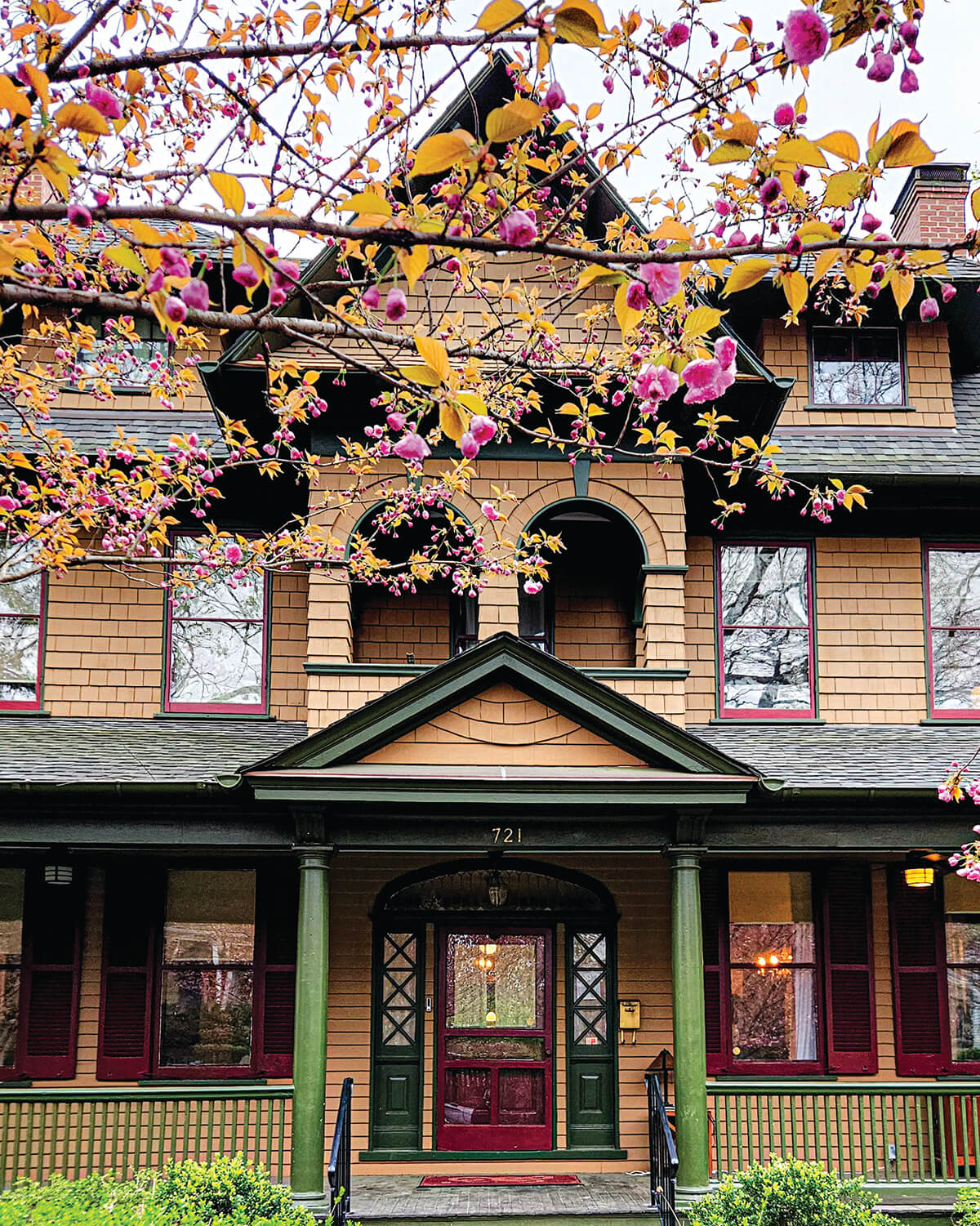
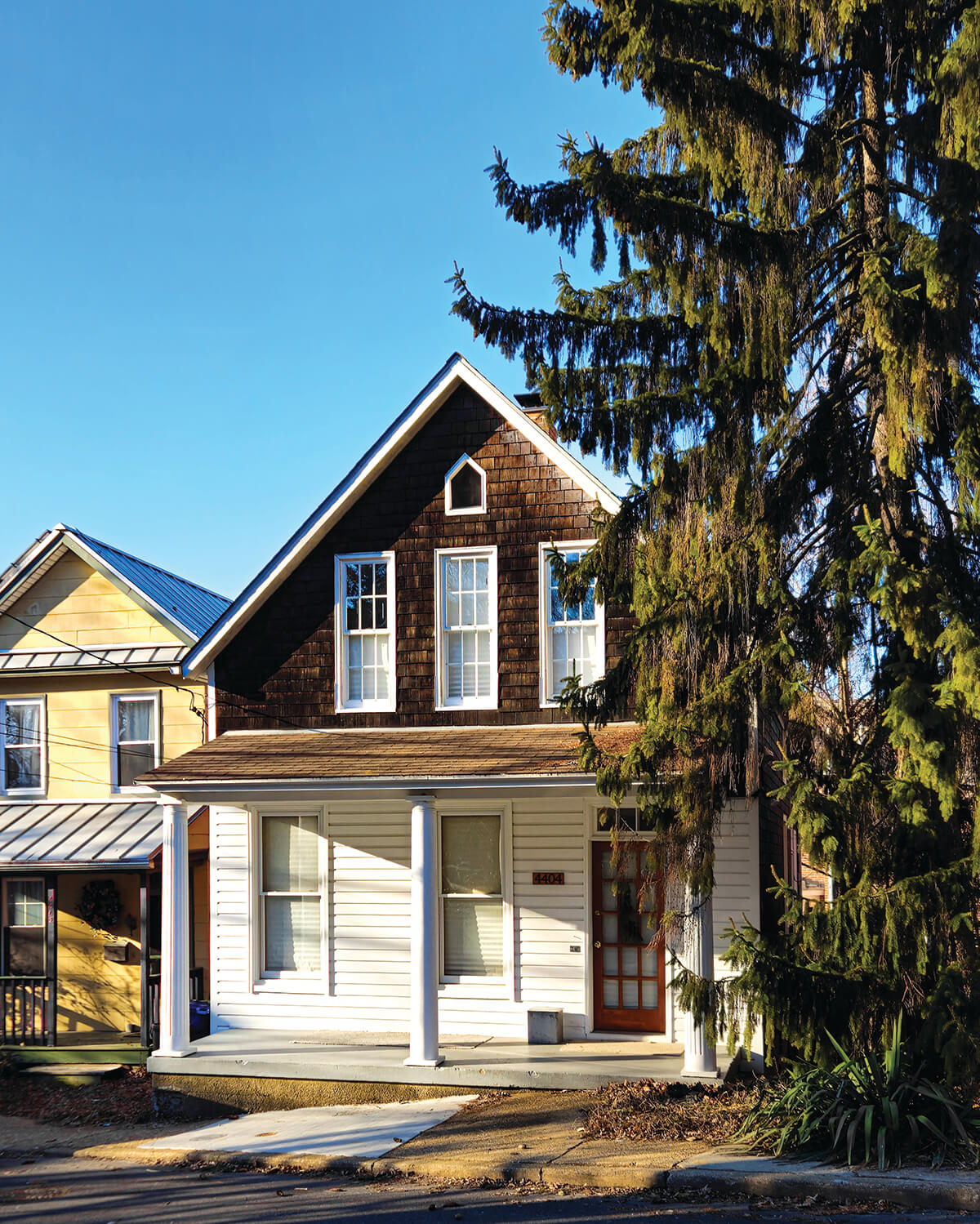
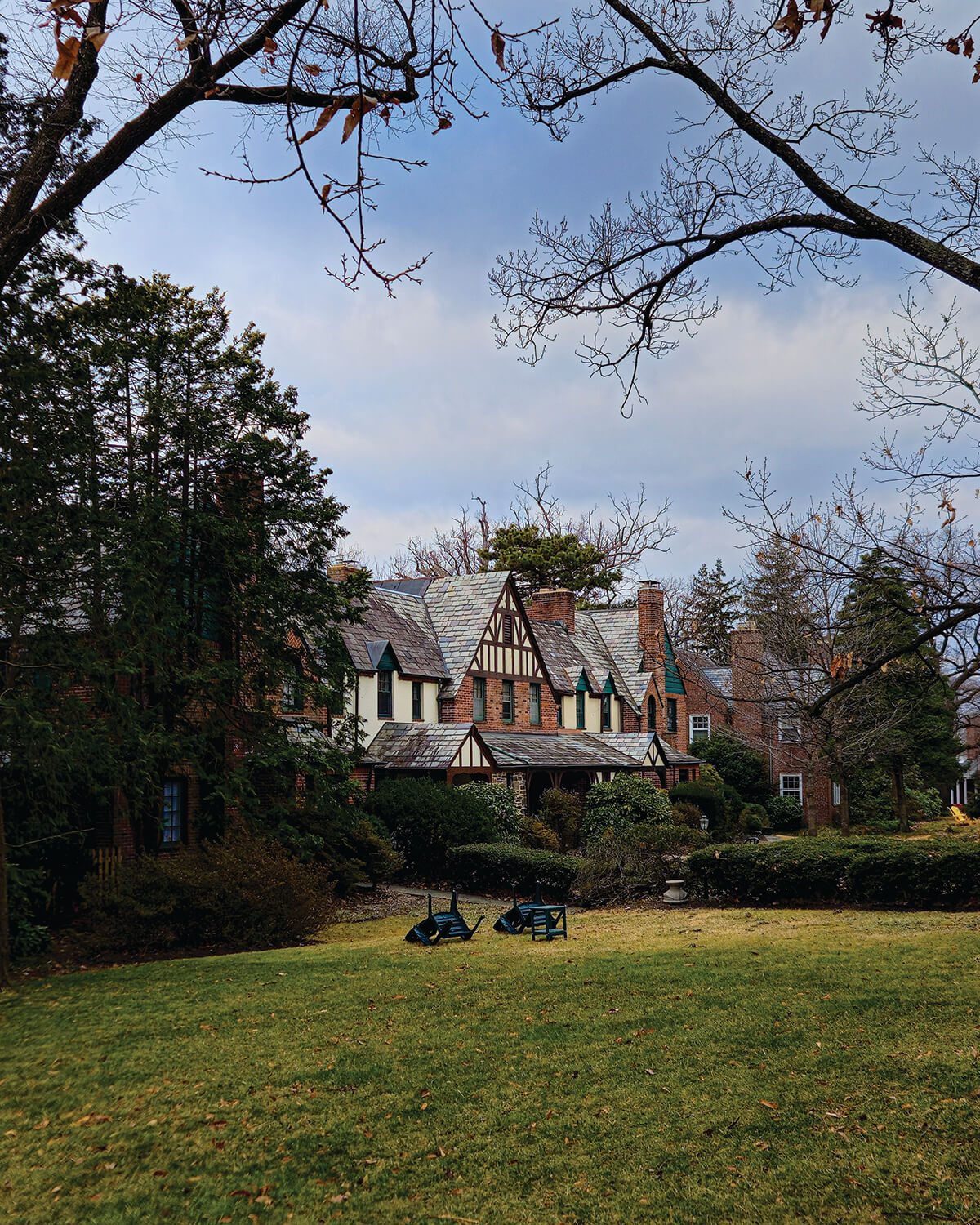
Her no-plan plan involved walking around (with lots of dancing) and simply taking photographs. She figured at the very least, she’d improve her mood. And at the very most, she’d make some friends.
At first, she would do research on neighborhoods (mostly via Baltimore Reddit) before heading out, trying to seek the little things that made that place special. But she realized that too much prep was creating preconceptions, so she now goes into most areas completely blind and often picks her next stop based on recommendations from her social media followers.
She also doesn’t have a traditional camera. She simply uses her cell phone to document everything and then posts to Instagram and Threads (@withnichole). Some posts are just her photographs, others have vulnerable words attached, and others push back on what is considered “beautiful” in Baltimore. She says that some of what are deemed the roughest neighborhoods in Baltimore have offered her the friendliest encounters. And other safer areas have made her nervous.
“I really did think that Baltimore was just some rowhomes and people who liked Old Bay,” she confesses.
But now she knows the city better than people who have lived here for decades. We all know we live in a city of neighborhoods, but how many of us have actually taken the time to visit many of those neighborhoods?
Back in Cedarcroft she’s “caught” photographing a home’s front yard, but the homeowner is tickled at her interest and spends almost 45 minutes walking her around the neighborhood, talking about his plants, his own family’s history, and showing her his favorite homes.
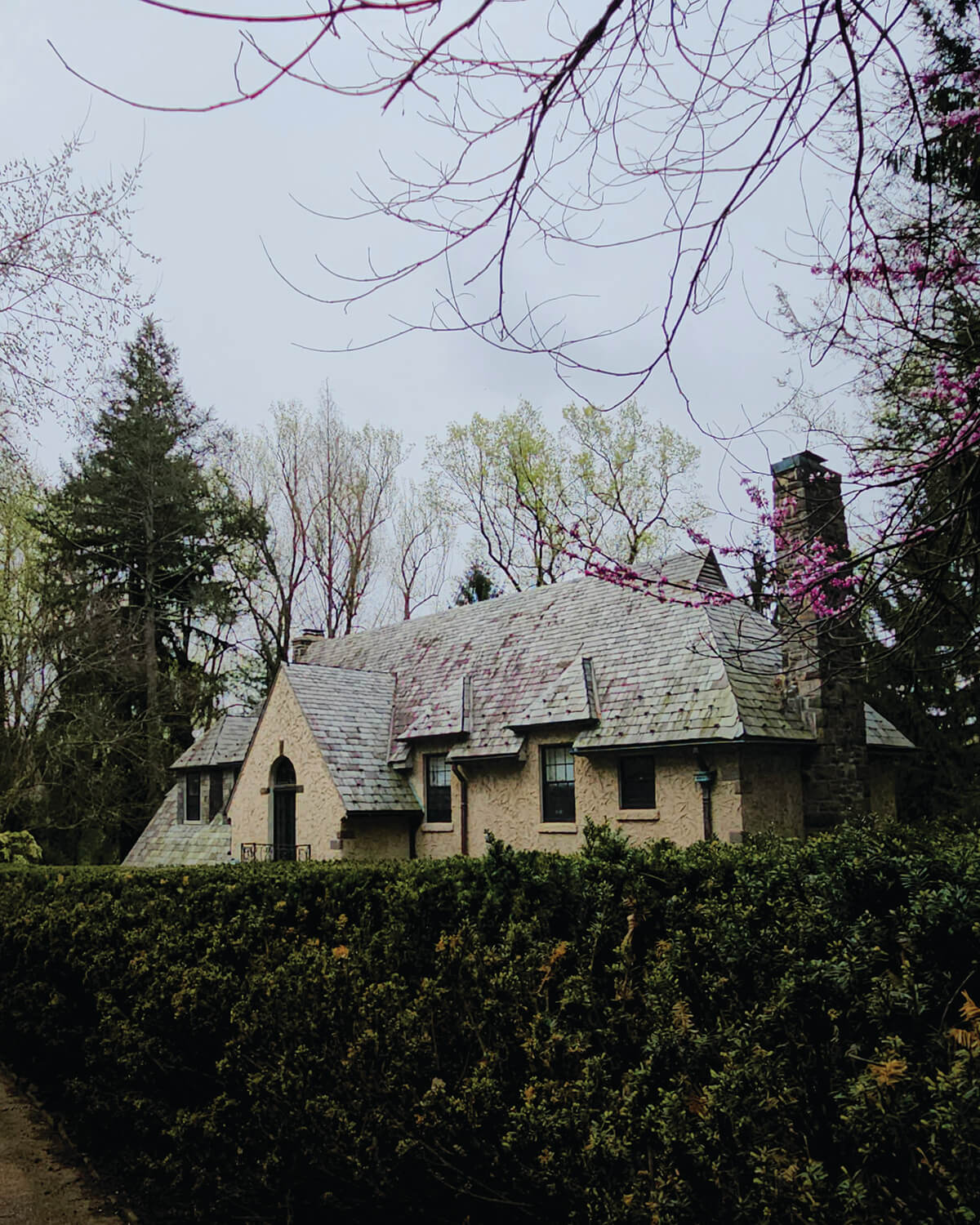
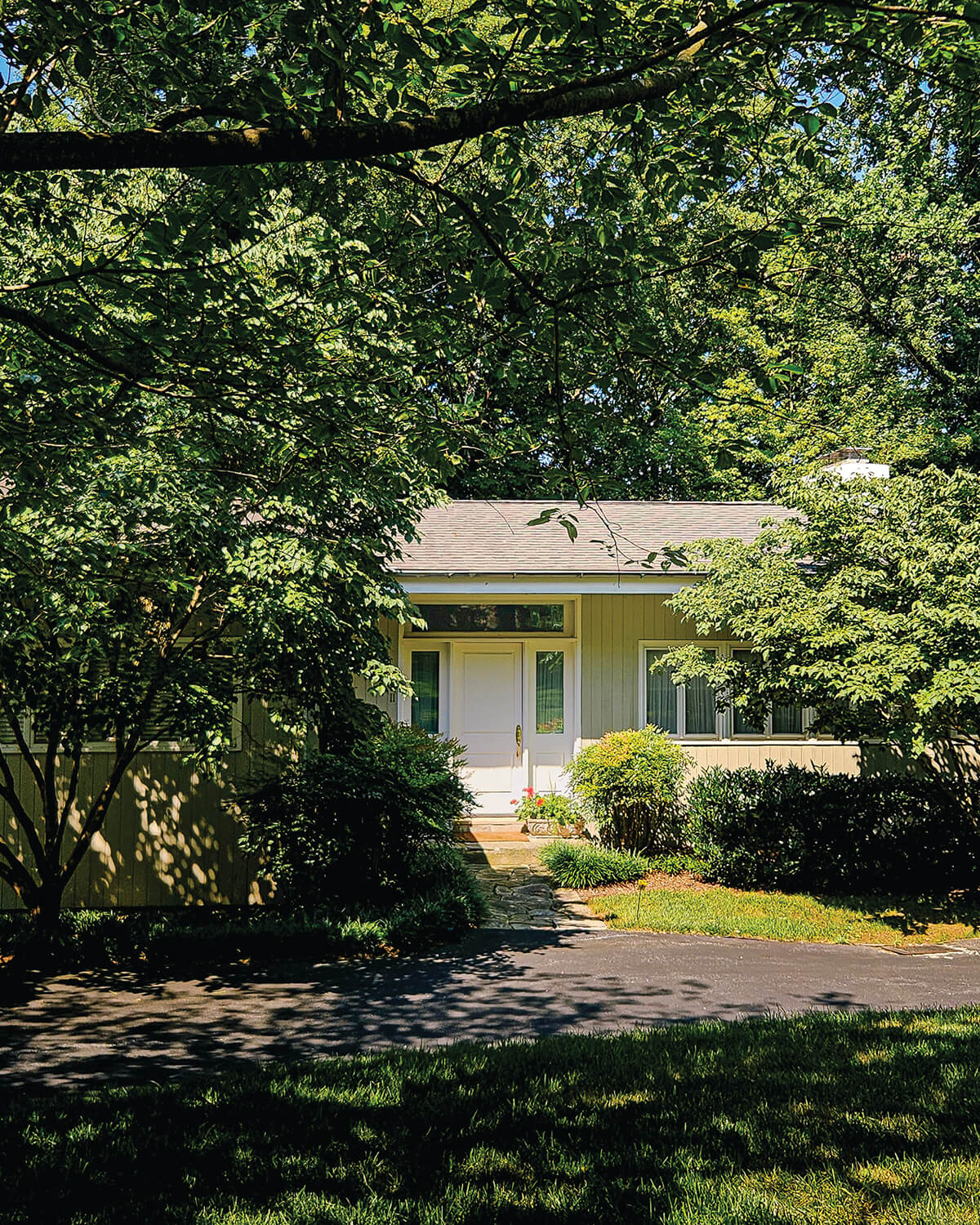
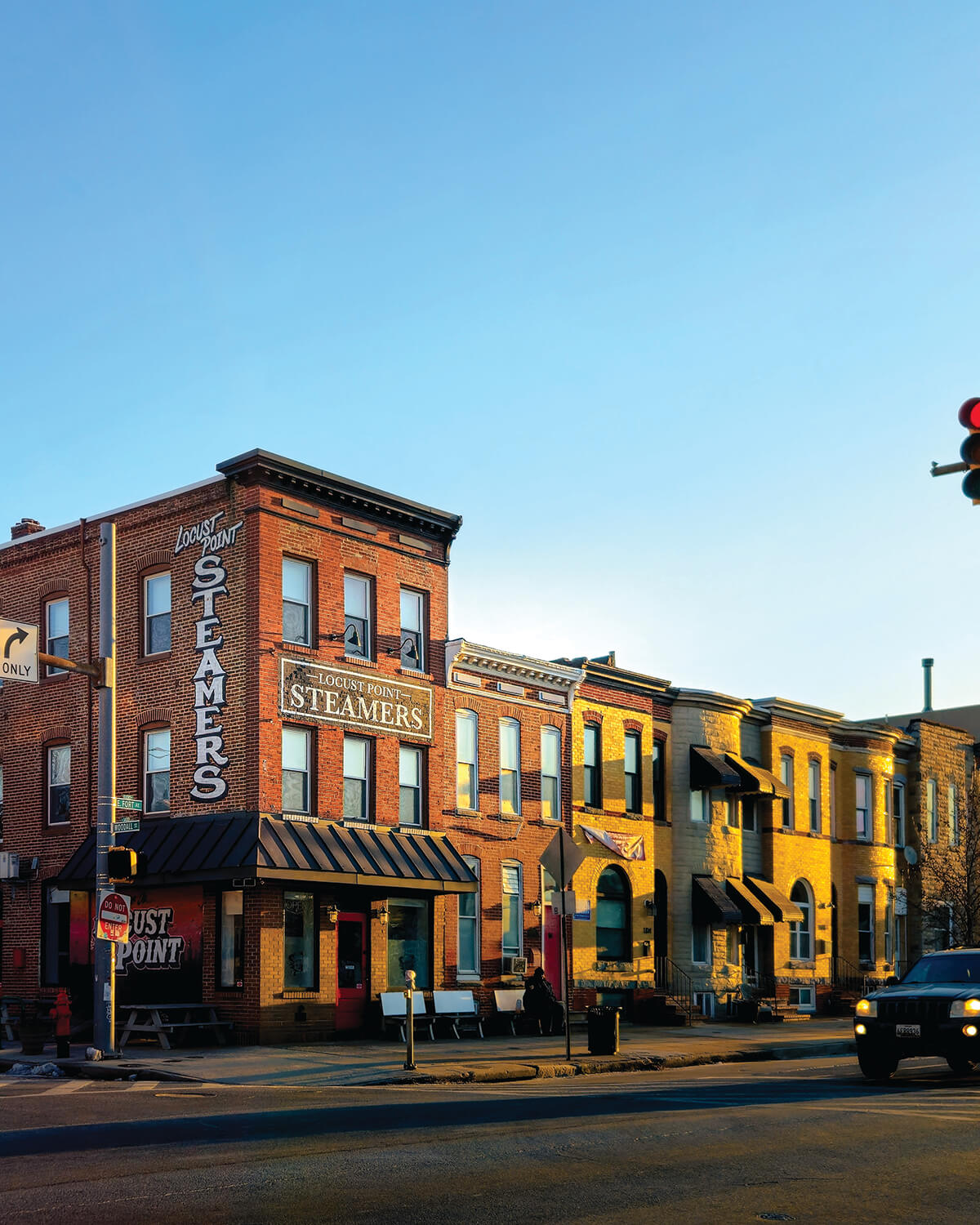
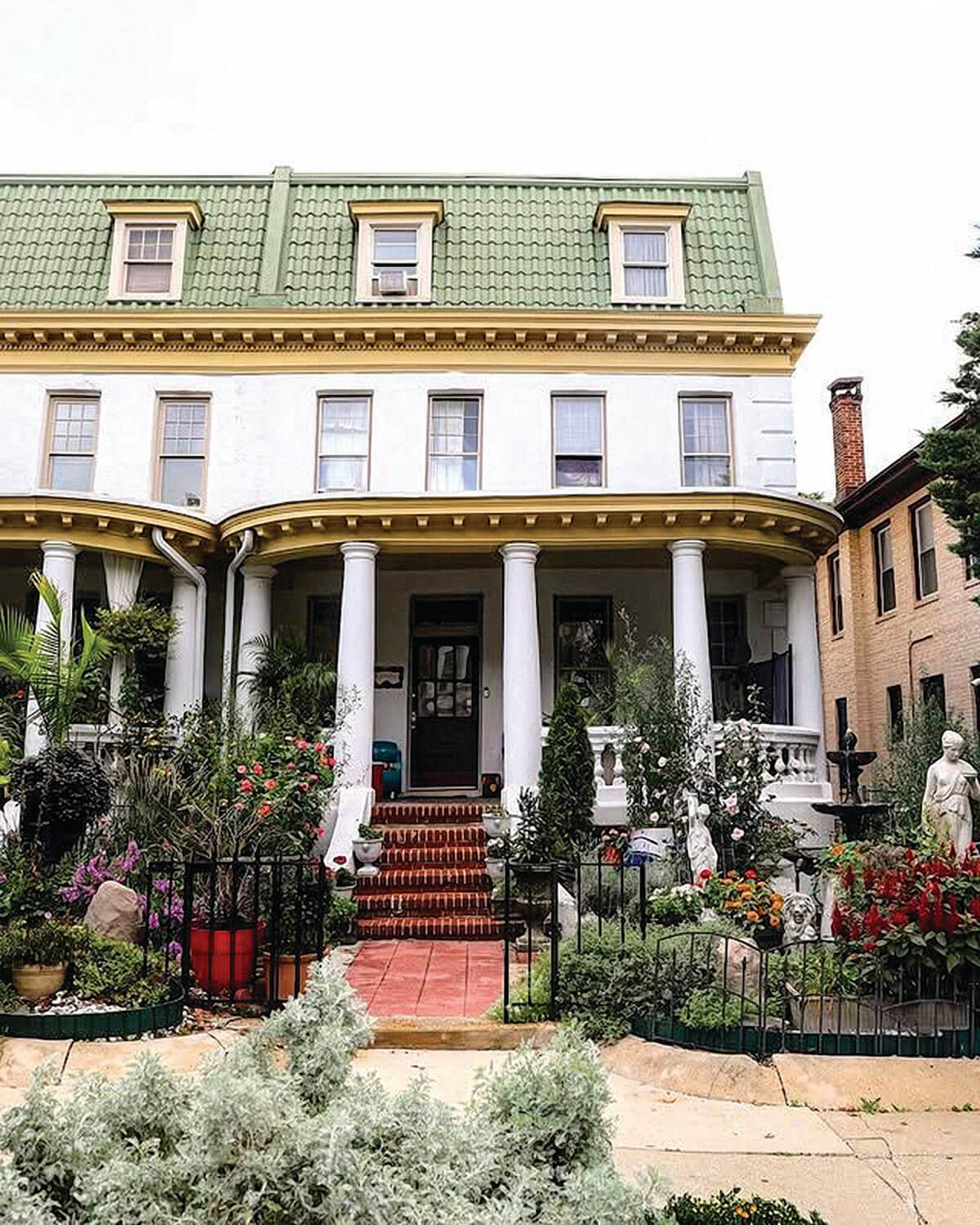
Morris has an almost infectious curiosity that makes people want to assist her. It’s interactions like this that keep her going. But she’s also learned that one person is simply a part of a neighborhood, not its entire identity.
“Like if you were to ask me what Riverside is, I wouldn’t know how to describe it to you. When I think of Riverside, there was a guy that was always in a robe first thing in the morning standing outside a coffee shop with his coffee for like 20 minutes, like it’s his front yard or something.
“Or there was a girl who’s always running, and I don’t run but I’d jog with her, and she’d be like, ‘Let’s talk about the gossip of the neighborhood.’ She knew everything. And there was a girl who always has dog treats. She sits on her porch during warmer weather looking for dogs and I think maybe, like me, is like looking for a connection,” says Morris.
All those little things are what made Riverside feel like home to her—but how to explain those special qualities to an outsider? “I wouldn’t know,” she says.
So now, each morning she rises before dawn and decides what neighborhood she’ll try to capture next. She’ll slip on her headphones—she loves musicals like Chitty Chitty Bang Bang and Dear Evan Hansen, but also rap. “I just heard of Doechii, so I’ll listen to her or some Nicki [Minaj]. I have a Disney playlist because I love Hannah Montana”—and look at the bus schedule.
“I don’t mind the weird stares anymore and I’m feeling more comfortable about who I am as a person,” says Morris. Sometimes people look because she’s dancing down the street or lying between two cars to get a photograph.
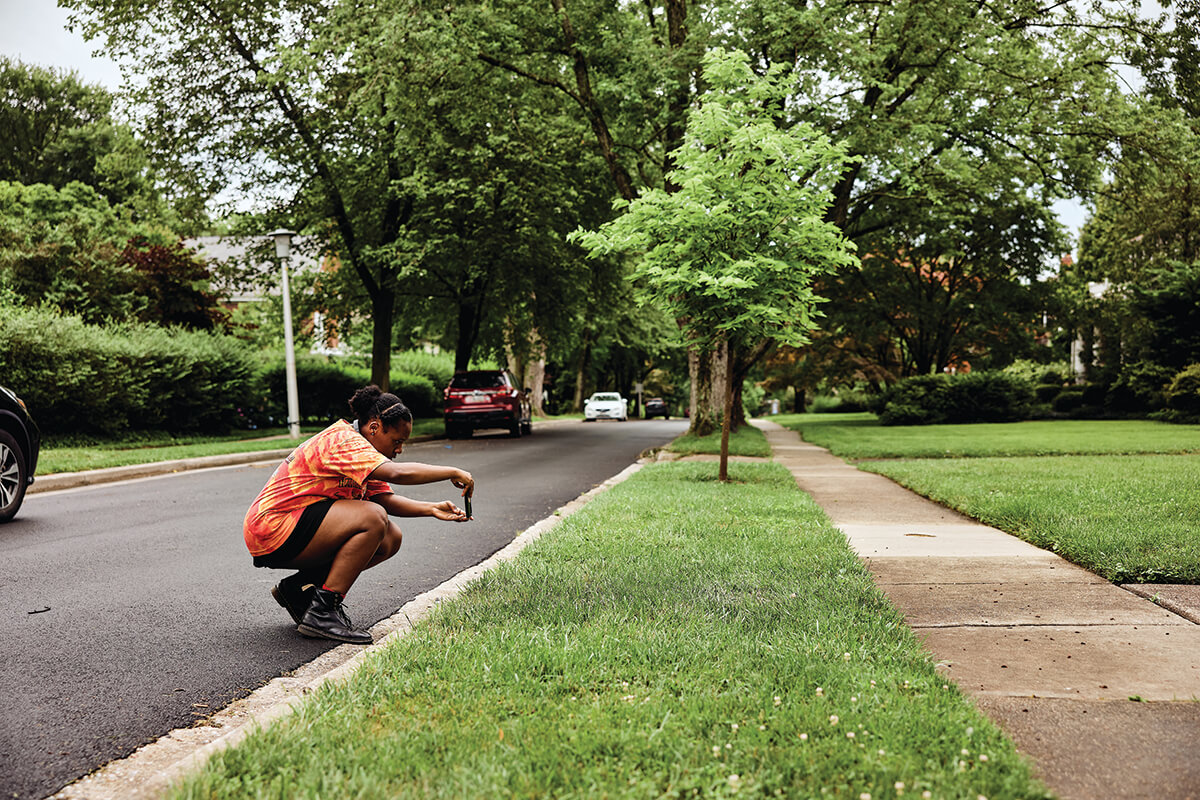
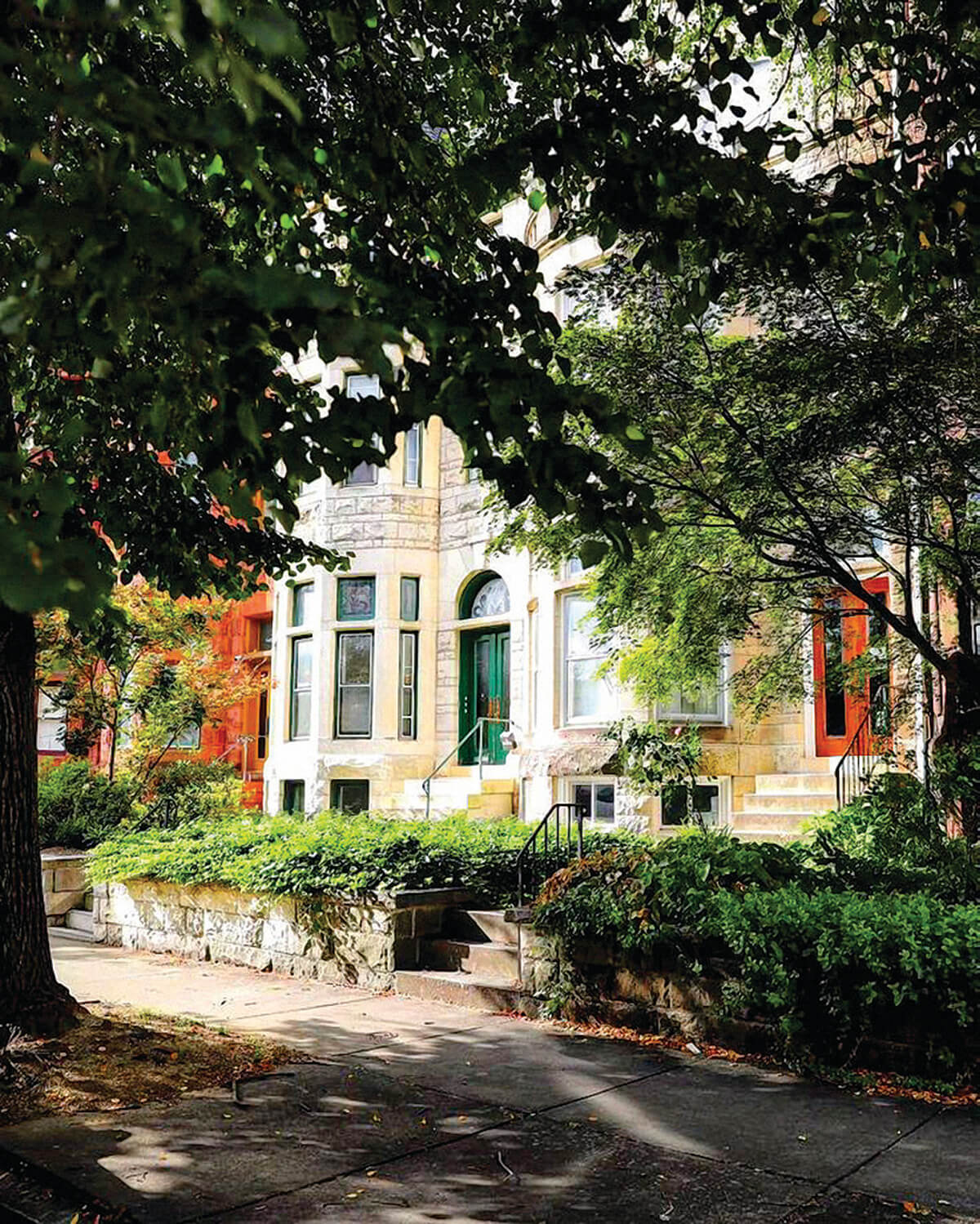
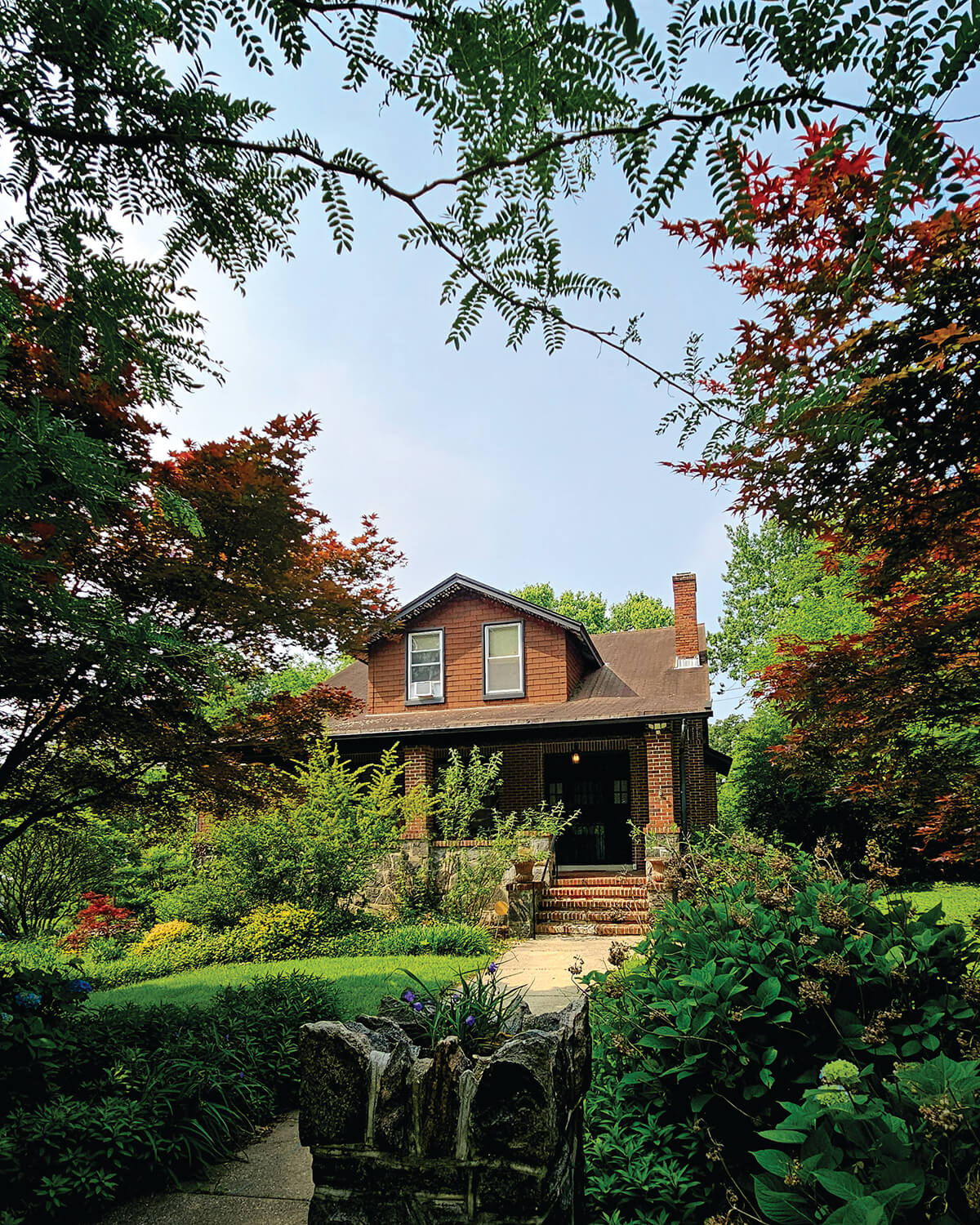
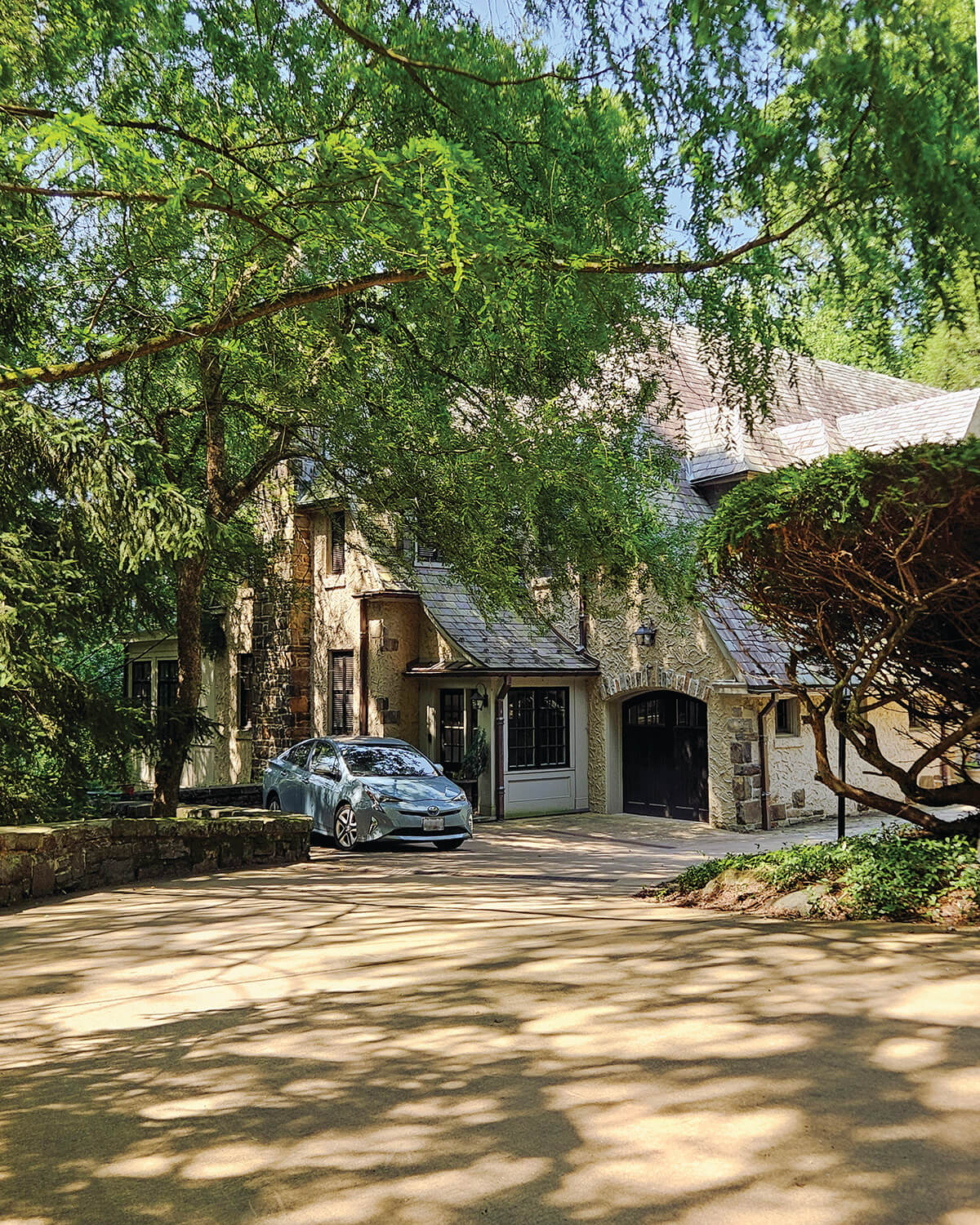
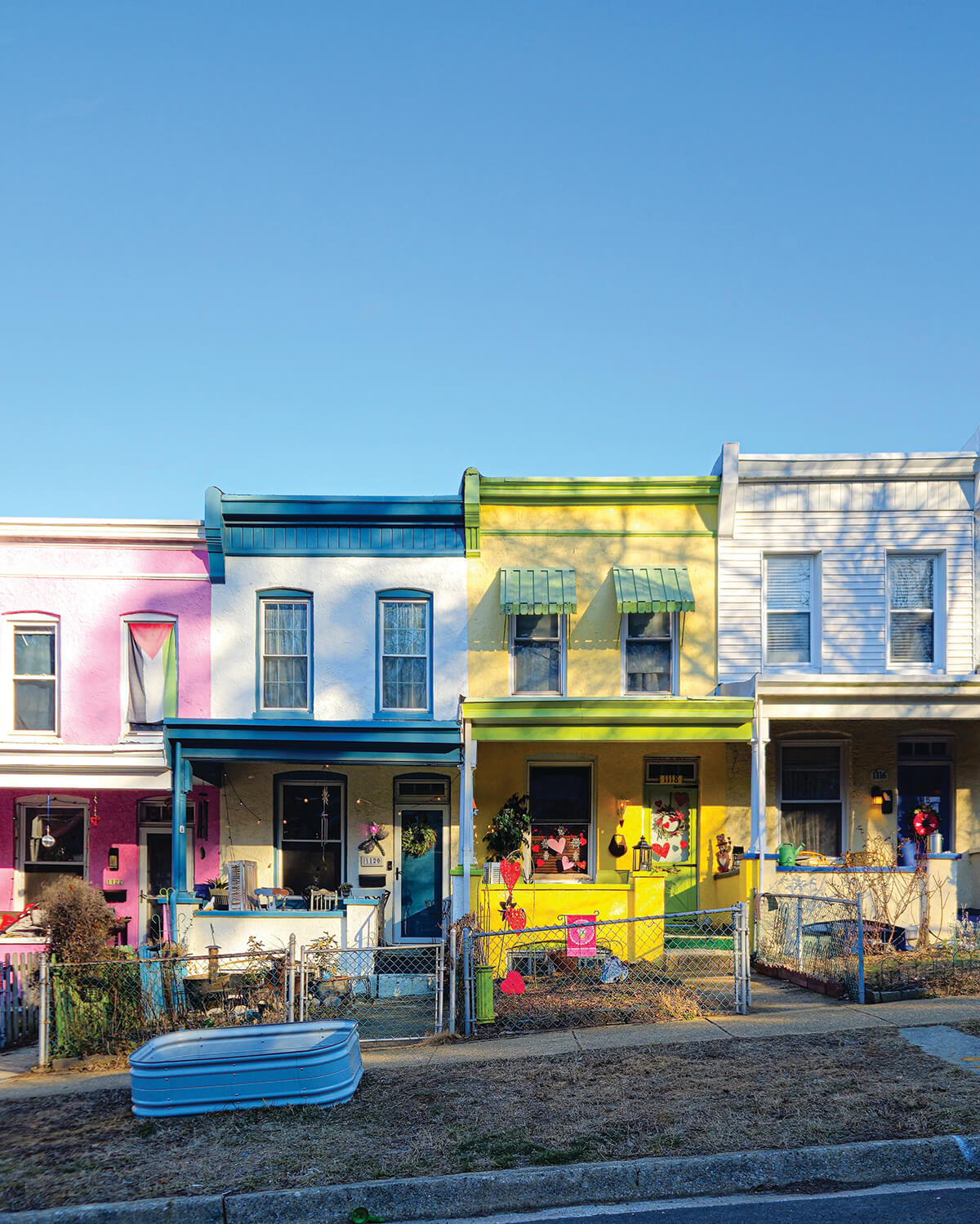
“I’m starting to understand that places truly are a lot more diverse than expectations, because I really did think it was just rowhomes and then I started thinking a little of The Wire,” she says. “And it’s like, well, a city is not one thing, it’s a multitude of things.”
Her project has had some wonderfully unexpected consequences. She’s booked a few gigs as a photographer (yes, they know she shoots solely on her phone), sold a few prints, and has plenty of social media followers rooting for her success.
She knows there are some incredible photographers who shoot Baltimore—but is learning there is room for her, too.
“It’s all different sides of one place,” she says. She’s had people tell her, “You’re nice, but you don’t really show Baltimore Baltimore.”
In other words, her viewpoint is overly optimistic or unrealistic.
“And I’m like, I’m trying to walk all of it so I can understand Baltimore,” says Morris. “This is just my personal idea of this city.”